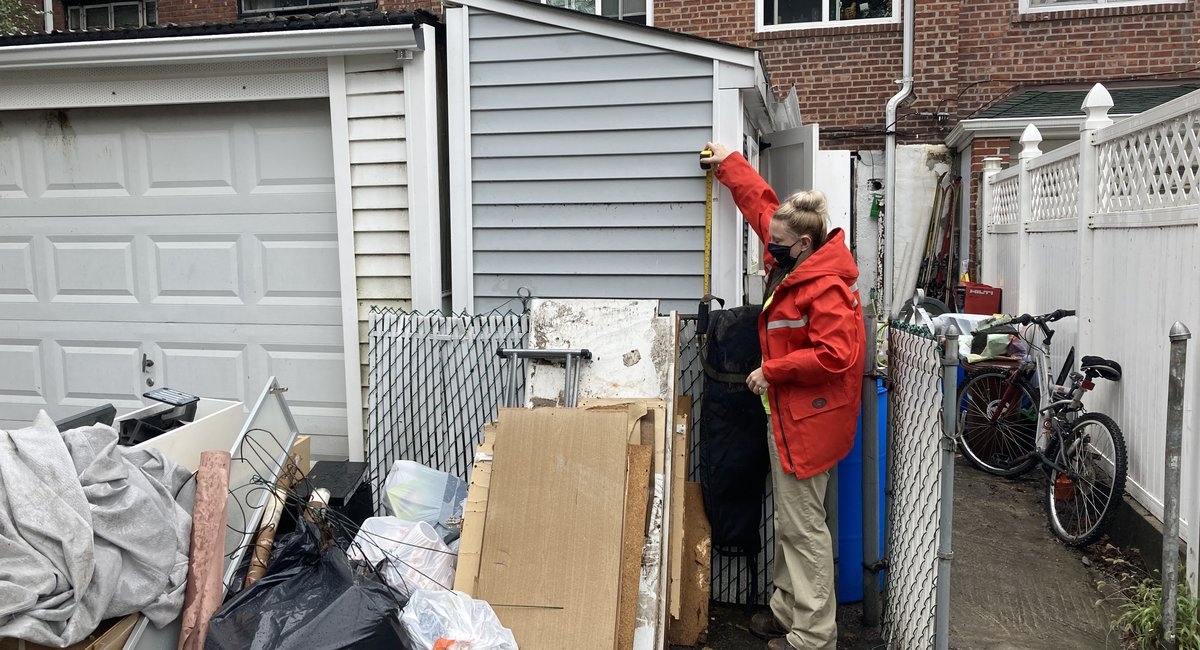A new report that crunched the numbers federal money aiding in New York City’s recovery from disasters over the last decade is raising alarms on what it would mean if Washington doesn’t pitch in next time around.
The New York City Independent Budget Office said it has collected nearly $30 billion in disaster relief and response aid over the last 10 years to address catastrophes from natural disasters and events like the COVID-19 pandemic.
Since taking office in January, the Trump administration has asserted that states should bear more of the responsibility for extreme weather events and other disasters. That stance comes as those events are expected to become more severe, frequent and costly.
“ It’s very serious. It is a serious threat to the city’s finances.” said Logan Clark, assistant director of budget review at New York City’s Independent Budget Office. “Those are significant fiscal events for the city that are difficult to recover from on our own.”
The report stated that cuts to the funding will hinder “the city’s ability to prevent and respond to large-scale emergencies, increasing the risks to both life and property in the event of a disaster.”
The White House did not provide a comment, referring to the government shutdown.
The city’s disaster response personnel include its emergency management, police and fire departments. The NYPD and FDNY each receive 3% of their funding from the Department of Homeland Security while the city’s Emergency Management agency receives 29% of its funding from the feds, according to the report. In total, all three agencies received nearly $340 million from Homeland Security this year. Some of the funding is targeted towards ports, rail and transit security.
“The teams over at NYPD, FDNY, Department of Transportation, all of them need to still do that same level of work,” Clark said. “It really comes down to will the city be able to afford the costs of that and absorb those costs and maintain other levels of services which are still critical.”
On top of funding security, the federal government also provides support for disaster preparedness, response and recovery.
The funding for preparedness funds training, supplies and equipment. The city has received more than $200 million annually for a stockpile that includes personal protective equipment and more than one million liters of water.
When disaster hits, governors can request help through FEMA to respond immediately to emergencies such as flooding from Sandy and Ida. This includes removal of storm debris, emergency food and short-term shelter.
After a disaster, the city continues to receive federal aid for recovery for repairing damage after severe storms, including the subway system and shoreline communities. After Hurricane Ida in September 2021, New York City received more than $310 million in federal funding. More than half the allocation was for long-term recovery efforts, including rebuilding damaged housing and infrastructure.
President Donald Trump said in June that he wanted to eliminate FEMA after hurricane season ends at the end of November. Funds that are already approved for New York City but have not been distributed are also in peril. The federal government rescinded $80 million from FEMA to the city in February, which was a reimbursement for the temporary migrant shelters.
The Trump administration announced in September that it withheld nearly $11 billion in federal funds due to 45 states for the last two months of the fiscal year that ended Sept. 20.
According to the Association of State Floodplain Managers, the federal government is denying emergency assistance to states, including tornadoes in Arkansas and flooding in West Virginia.
“The Trump administration’s threats to close federal agencies, cut funding, and reduce staffing threaten New York City’s recovery from prior disasters and ability to respond in future disasters,” the report stated. “The unparalleled scale of New York City’s population and infrastructure makes these actions dangerous to a larger number of people and threatens ongoing recovery operations that would make New York City more resilient in the future.”

